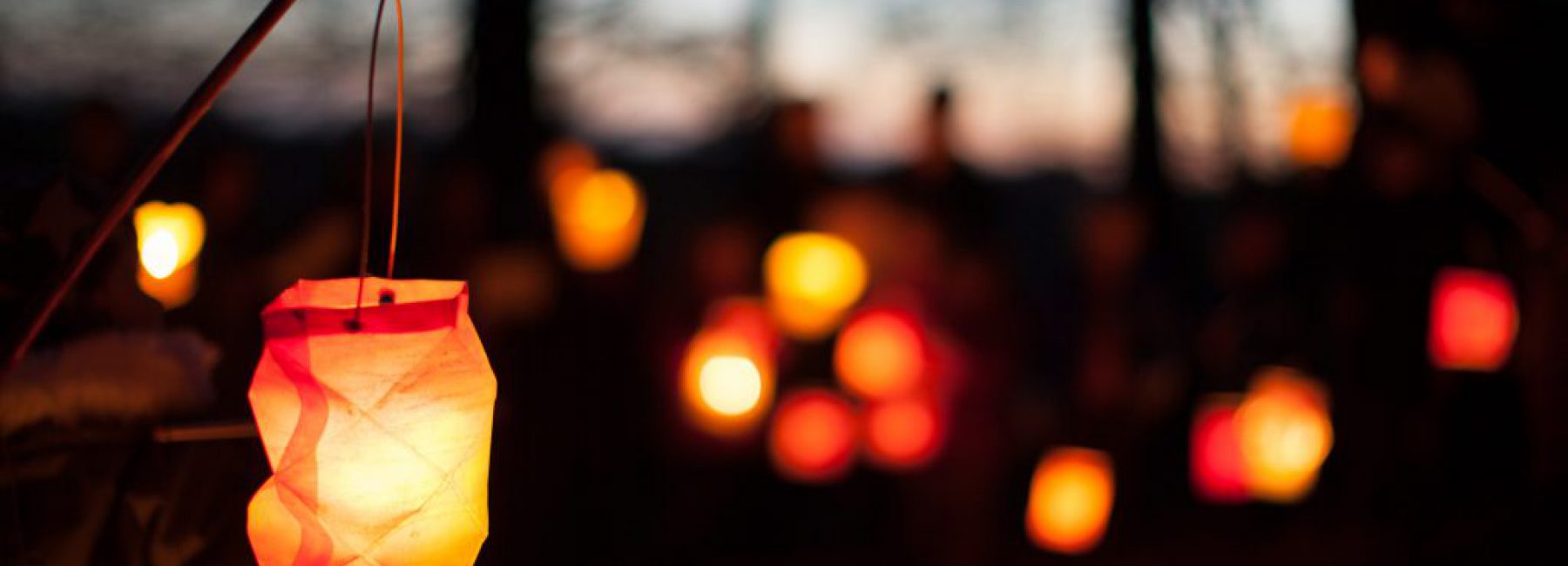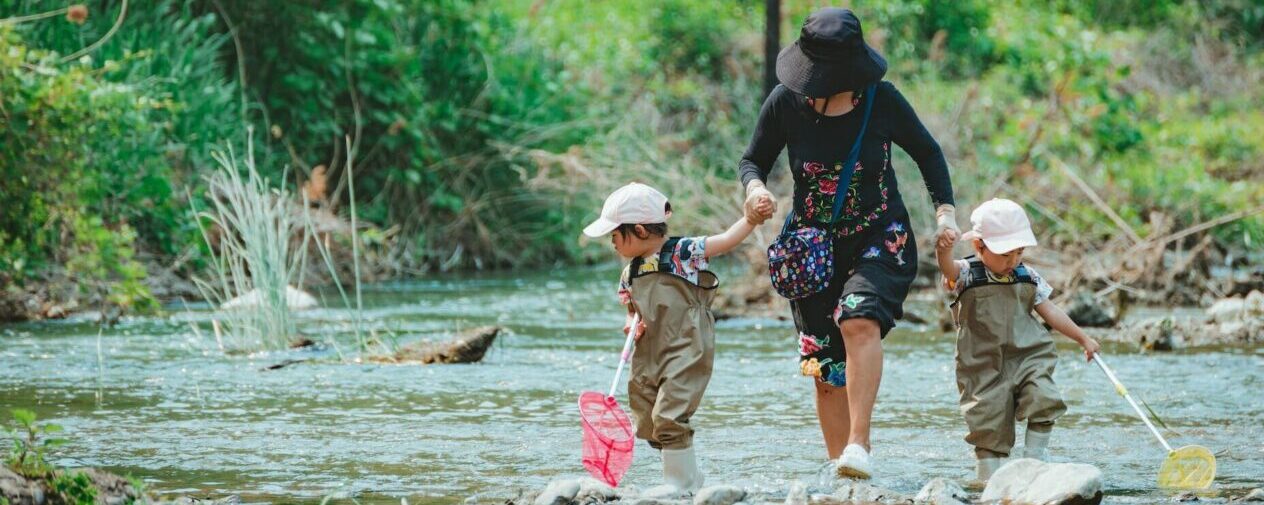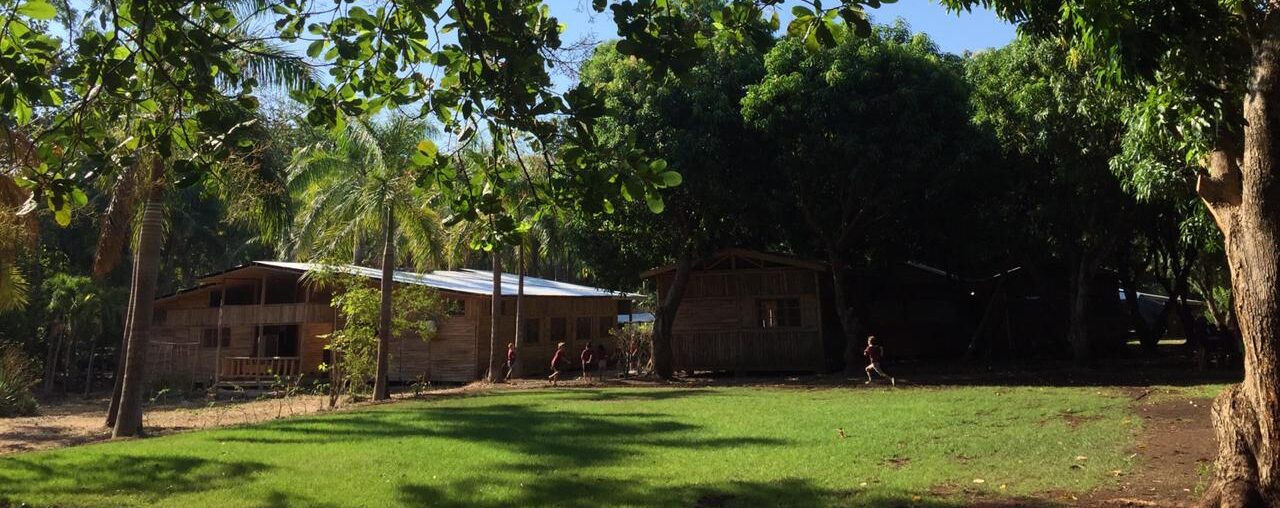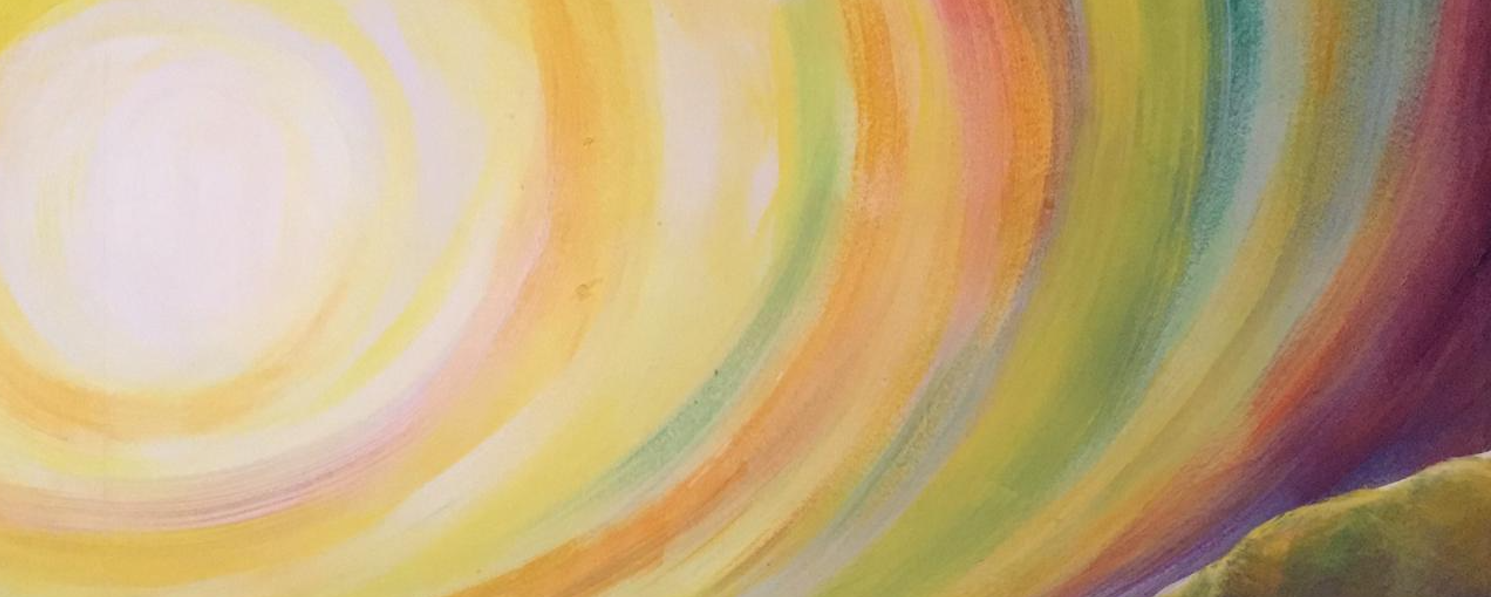October 12, Cultures’ Day, is a the day of heritage and culture embraced in many parts of the world. It is a celebration in many Waldorf schools, especially in American schools. Before sharing how we celebrate this day in schools, it is worth mentioning as part of history how the recognition of this day originated and its name change.
Name Origin
The different countries in America and Europe have renamed the originally celebration of Columbus Day to different names, the first one being “The day of the Race (Dia de la Raza)”. However, throughout the past 100 years, this celebration has adopted many different names.
The celebration of Columbus Day as the discovery of America was considered inaccurate. The commemoration of this event in history was celebrating the American resistance and the converging of cultures. The message of the discovery of America by a ruthless colonial oppressor or conqueror who enslaved the indigenous people was not pleasing. Several States in the US have toppled Columbus’ statues, including Virginia, Maryland and Massachusetts. Columbus was far from a hero but his discovery was crucial in the merging of Europe and the Americas. Hence, Italians focus on his qualities of ingenuity, resilience and courage, still holding Columbus in high esteem. [Washington Post, Oct 2020]
Other Names
Irrespective of the opinions about Columbus, the focus on the impact of this discovery in America and the exchange of culture around the world prevails. Several countries and states in the United States first adopted the name to “Dia de la Raza” or Day of Race. Many countries later renamed it since the term “race” may have sounded a bit harsh, offensive, or discriminatory. The new names given to this National Day of October 12th vary around the world. In Spain, the name of the holiday is “El día de la Hispanidad”, or Day of ‘Spanishness’. Its celebration began in 1892 as National Spain Day. [El Mundo, Oct 2022]
In Latin American countries, the names differ. To name a few: in Argentina “The Day of Respect for Cultural Diversity”; in Nicaragua and Venezuela “The Day of Indigenous Resistance”; in Chile “The Day of the Encounter Between Two Worlds”; and in Costa Rica “The Day of the Cultures”. Even though the names are different in several countries, the message is the same. It is a day of celebration of the birth of a new identity and the fusion of Europeans with indigenous people.
What is this celebration?
This celebration of cultures is meaningful and visible in many countries and communities that have diversity of nationalities and backgrounds. Hence the day of culture, as the name in Costa Rica, is very descriptive of a time to share and embrace each other’s origins.

In Waldorf schools, particularly at GWS in Costa Rica, children and teachers brought different cultural items to share. Children will show and tell during class or share with the entire school. These items ranged from a drawing, a map, an outfit, a song, a dance, or a delicious dish from their country. During this week, we would prepare the children singing or reciting poems with a clear message of welcoming and cherishing our community and fellow residents.
As a teacher in the primary grades, I made dishes that originated from Ecuador, Brazil, and Argentina which I enjoyed growing up. For instance, my students made in class Pan de Yuca, a favorite Ecuadorian snack accompanied with yogurt smoothies, and a favorite also in Brazil – “Pão de Queijo”. This is a simple recipe that makes a quick dish in a lesson to practice math and social skills. If you feel like bringing a dish from another country into your class or family recipes, I share here a couple of recipes that are sure to bring smiles to children as well as adults. I hope you have a wonderful time celebrating this week with your family or community. Enjoy!
Yuca Bread, Pan de Yuca or Pão de Queijo: https://waldorfinspired.org/pan-de-yuca-or-pao-de-queijo/
Beef Empanadas/Empanadas de Carne: https://waldorfinspired.org/beef-empanadas/





